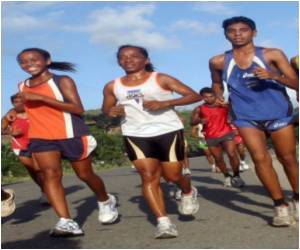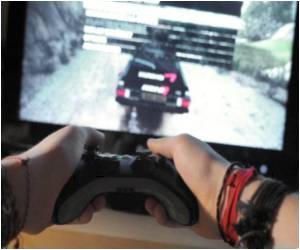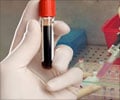A marathoner from the Harvard-MIT Division of Health Sciences and Technology has developed a mathematical model which will help calculate the amount of carbohydrate a runner needs.

"It's a big psychological letdown, because you feel powerless. You can't will yourself to run any faster," said Rapoport.
Hitting the wall occurs when stored carbohydrates are completely depleted, forcing the body to start burning fat. When that happens, the runner's pace can drop about 30 percent, and ketones, the byproducts of fat metabolism, start building up in the body, causing pain and fatigue.
"In order to avoid it, you need to know what your capabilities are. You need to set a target pace that will get you to the finish without hitting the wall. Once you do that, you need to make sure you appropriately carbo-load," said Rapoport.
To create his new model, Rapoport identified two fundamental physiologic factors that limit performance in endurance runners: aerobic capacity, also known as VO2max, and the ability of the leg muscles to store carbohydrates as glycogen.
The model's predictions also depend on the runner's leg muscle mass, because larger muscles can store more glycogen. Rapoport's model also allows runners to calculate how much carbohydrate they need to consume during the race if they want to run a faster pace without hitting the wall.
Advertisement
One of the most important things a runner should do during a marathon is stick to his or her target pace, Rapoport advised. When runners start out too fast, they burn a higher percentage of carbohydrates, increasing the risk of hitting the wall.
Advertisement
The model is described in the Oct. 21 issue of the journal PLoS Computational Biology.
Source-ANI















